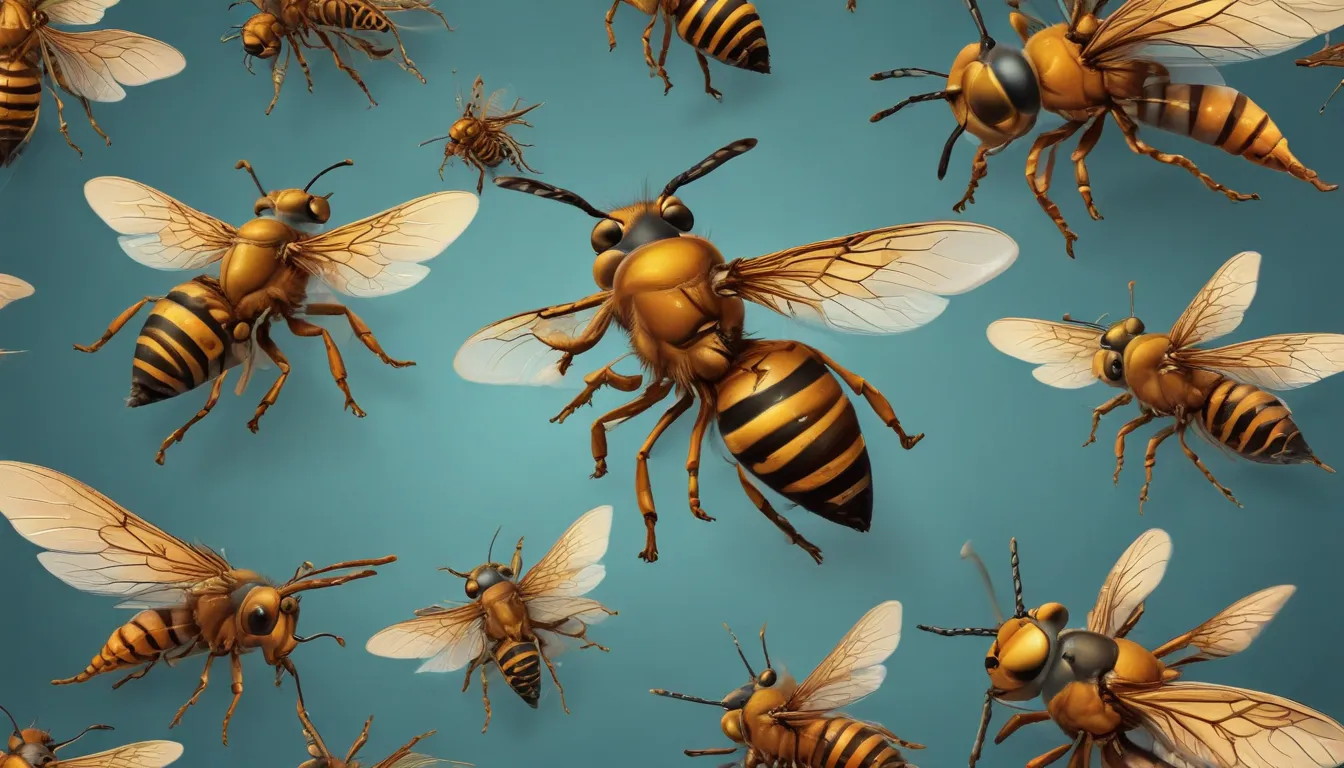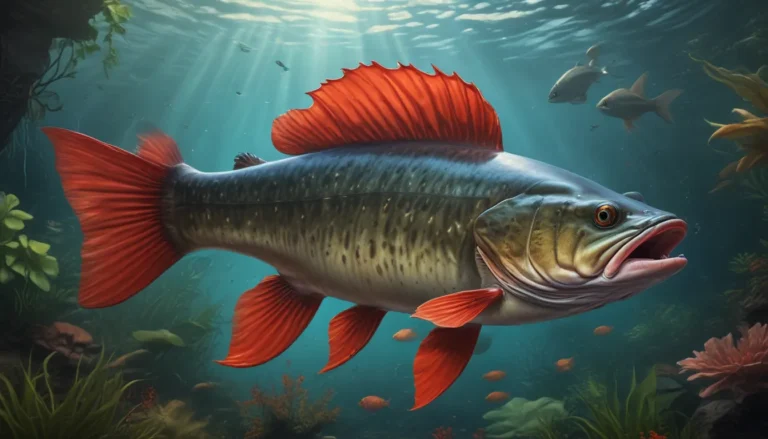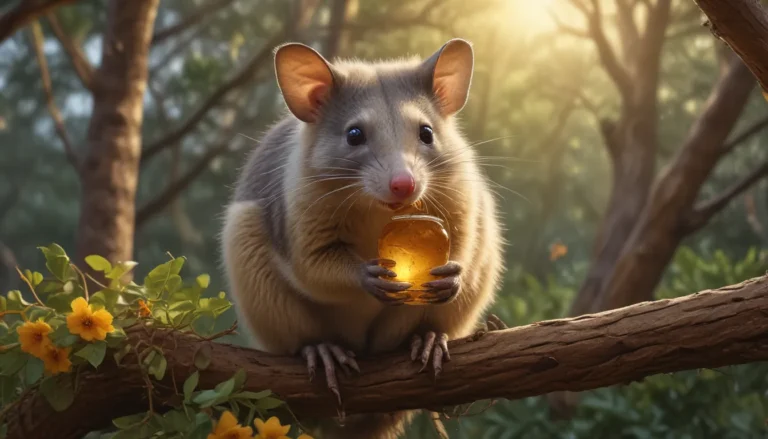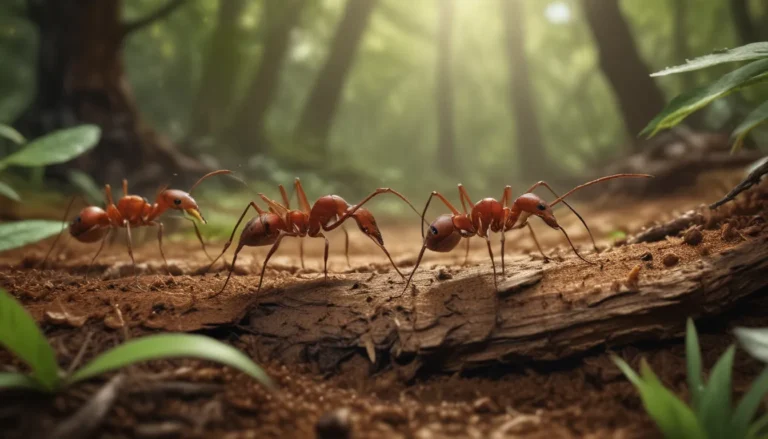The pictures we use in our articles might not show exactly what the words say. We choose these pictures to make you interested in reading more. The pictures work together with the words but don’t take their place. The words still tell you the important facts.
Hornets are truly intriguing insects that captivate both nature enthusiasts and researchers with their unique characteristics. From their striking appearance to their essential role in ecosystems, hornets have a lot to offer. In this article, we will explore 19 fascinating facts about hornets that shed light on their behavior, habitat, and interaction with humans. So, get ready to delve into the remarkable world of hornets and expand your knowledge about these incredible creatures!
Unveiling the World of Hornets
1. Hornets: A Type of Wasp
Hornets belong to the family Vespidae, closely related to other stinging insects such as yellow jackets and paper wasps. Known for their aggressive behavior and potent stings, hornets stand out in the wasp family.
2. Size Matters: Larger Than Life
Unlike other wasps, hornets are larger and more robust, measuring up to 2 inches in length with a wingspan surpassing 3 inches. Their impressive size sets them apart in the insect world.
3. Nesting Skills: Intricate Architecture
Hornets exhibit exceptional nest-building abilities, creating intricate structures by chewing wood fibers and mixing them with saliva to form a papery substance. These nests are commonly found hanging from tree branches or building eaves.
4. Social Creatures: Colony Lifestyle
Hornets live in colonies with a complex social hierarchy comprising a queen, female workers, and male drones. The queen lays eggs, while workers forage and defend the nest, showcasing a coordinated community structure.
5. Predator Par Excellence: Hunting Prowess
Hornets are voracious predators, preying on a variety of insects including flies, bees, and other wasps. Their hunting skills enable them to target larger prey that other insects may avoid.
6. Painful Sting: A Defensive Weapon
Equipped with a potent venom, hornets deliver a painful sting when threatened. Their stingers are designed to penetrate thick skin, enhancing the impact of their defense mechanism.
7. Communication Through Pheromones
Hornets use pheromones to communicate within their colony, marking trails, signaling danger, and coordinating activities. These chemical signals play a crucial role in their social interactions.
8. Ecosystem Harmony: Nature’s Balancers
Despite their aggressive nature, hornets play a vital role in controlling insect populations and pollinating flowers, contributing to the balance of ecosystems. Their predatory behavior aids in maintaining the natural order.
9. Sweet Temptations: Attracted to Sugary Delights
Hornets are drawn to sweet foods and drinks, making them a common presence during outdoor gatherings. To avoid attracting them, it's advised to cover food and beverages securely.
10. Striking Visuals: Black and Yellow Coloration
Distinctive for their black and yellow coloration, hornets serve as a warning to potential predators, indicating their ability to defend themselves. Their vibrant appearance adds to their unique charm.
Understanding the Hornet World
11. High Flyers: Speedy Navigators
Hornets are agile fliers, capable of reaching speeds up to 25 miles per hour. Their swift flight allows them to navigate their surroundings swiftly and pursue prey effectively.
12. Global Residents: Crossing Continents
Found in various regions worldwide, including Europe, Asia, and North America, hornets thrive in diverse environments. Their distribution spans across continents, adapting to different geographical landscapes.
13. Seasonal Lifespan: Rebirth Each Spring
Hornets have a seasonal lifespan, with the queen surviving through winter to start a new colony in spring. Workers and drones perish, highlighting the cyclic nature of hornet colonies.
14. Powerful Tools: Mandibles and Stingers
Equipped with strong mandibles for chewing wood and capturing prey, hornets showcase their prowess in construction and hunting. Their ability to deliver multiple stings makes them a force to be reckoned with.
15. Keen Eyesight: Masters of Vision
Hornets possess compound eyes that aid in detecting motion and detecting ultraviolet light. This enhanced vision enables them to locate food sources and navigate their environment with precision.
16. Buzzing Signature: Audible Flight
The distinctive buzzing sound produced by hornets during flight stems from the rapid beating of their wings. This audible frequency serves as a recognizable trait of these agile insects.
17. Color Preferences: Bright Allure
Attracted to bright colors, especially yellow hues, hornets exhibit a preference that individuals should be aware of in their presence. Avoiding bright clothing in hornet-populated areas can help mitigate risks.
18. Defensive Strategy: Coordinated Attacks
When threatened, hornets release pheromones to mobilize a defensive response from the colony. This coordinated defense mechanism helps protect their nest from intruders effectively.
Appreciating the Hornets in Nature
In conclusion, hornets stand out as remarkable creatures with unique attributes and behaviors. From their structured social colonies to their essential role in ecosystems, these insects play a significant part in maintaining the balance of nature. While their reputation may precede them as formidable insects, understanding and respecting hornets are essential. Valuing their contributions to the environment and recognizing their innate characteristics enrich our knowledge of the natural world.
Explore More on Hornets
Curious about hornets and their distinctions from wasps? Interested in learning about the Charlotte Hornets basketball team or the captivating movie adaptations of Stieg Larsson's novels? Keep exploring to broaden your understanding and satisfy your curiosity on a range of captivating topics associated with the world of hornets.
FAQs
- Are hornets dangerous?
-
Yes, hornets can be dangerous due to their venomous stings that may cause severe pain and allergic reactions.
-
Are hornets beneficial to the environment?
-
Despite their reputation, hornets contribute positively to the environment by controlling insect populations, including pests, and aiding in plant pollination.
-
How do you differentiate hornets from other insects?
-
Hornets are larger than most wasps and bees, featuring distinct black and yellow coloration and imposing head and thorax size.
-
Where do hornets build their nests?
-
Hornets typically construct their nests in elevated, shielded areas like trees, shrubs, and man-made structures such as buildings and attics.
-
Is it safe to remove a hornet nest independently?
- It is advisable to seek professional assistance for hornet nest removal due to potential dangers. Pest control services possess the expertise and equipment necessary for safe and effective nest removal.
Join the Buzz
Our dedication to delivering authentic and engaging content remains steadfast, fueled by the contributions of real users like you. Each fact shared on our platform undergoes meticulous editorial review to ensure accuracy and reliability, enriching the learning experience for all. Trust in our commitment to quality and authenticity as you explore and expand your knowledge alongside us.
Whether you're a nature enthusiast, a curious mind, or someone seeking to appreciate the intricate world of hornets, this journey through 19 fascinating facts aims to illuminate the captivating realm of these remarkable insects. Stay curious, stay informed, and continue exploring the wonders of the natural world!






